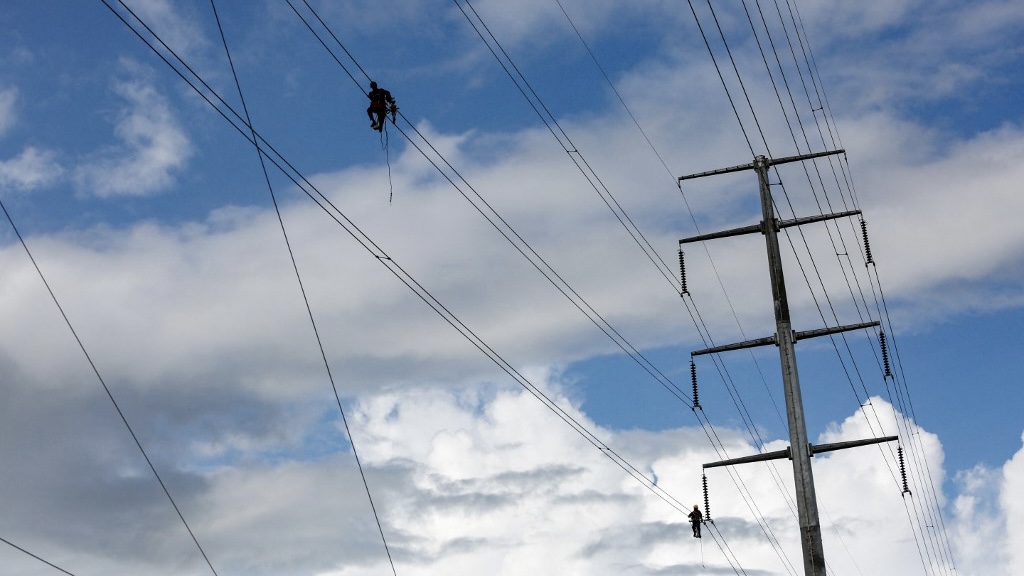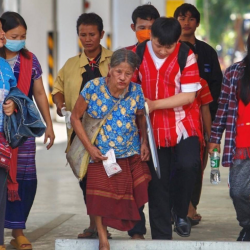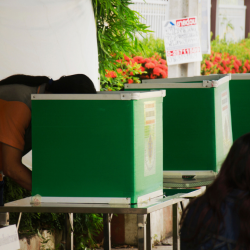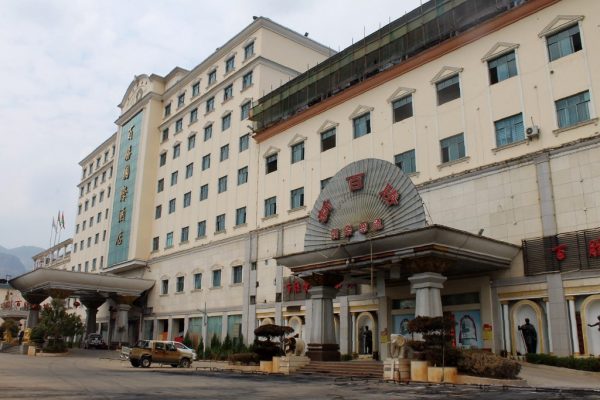Myanmar struggles to supply power to its largest economic hub

To say that Myanmar’s power supply cannot deal with the burgeoning electrical demand would be an understatement.
Forget rural areas, Myanmar’s economic hub of Yangon suffers from both scheduled and random blackouts.
“It has got noticeably worse since the start of 2023 and it is the worst it has ever been since Thingyan this year,” said an electronic appliance store manager in Kyauktadar Township.
It was still fairly regular within Thingyan, with power cuts sticking to the “four hours on, four hours off” schedule imposed upon Yangon.
The Yangon Electricity Supply Corporation (YESC) hasdivided the region’s townships into Group A and B. In 2022, the arrangement was that there would be some downtime from 9am to 5pm every now and then, as it saw fit, for the general populace. The industrial zones would enjoy unfettered access to electricity, but only during the 9 to 5 working hours.
The YESC announced right after Thingyan, however, that both groups A and B will have a minimum of 8 hours with no electricity per day. Townships in Group A, consisting mainly of downtown areas, such as Kyauktadar, Pabedan, Latha, Lanmadaw, Dagon, Ahlone and 10 others, do see the power availability adhere to the aforementioned schedule.
Other townships, which are considered more suburban, see much more irregular, unannounced power cuts.
“We have to purchase cooked rice from stores or we share with the neighbours. Some days, it is so bad because the power will come on at the scheduled time but go off after only 15-30 minutes. It is always a mad rush to get everything charged and so on, because there is no guarantee that the power will be there for the promised 4 hours,” said a housewife in North Dagon Township.
According to the YESC, the power cuts are due to several things. One is that the Zawtika gas pipeline has been leaking and two towers on the 132 KV Belu Chaung-Tikyit line from the national power grid have failed.
The natural gas pipeline from the Yadanar offshore gas field is also undergoing emergency repairs and can only supply reduced amounts (approximately 433 megawatts lower than normal) of gas to be turned into power, according to the YESC.
On April 21st, the YESC announced that it will be buying back any extra power from the populace, especially those with solar panels.
The offered rate currently stands at 85 Kyat per kWh for sellers of 1 to 10 megawatts and further requirements will be announced at a later date.
The announcement has been mocked by many, as most solar panel users do not have extra power to sell back to the YESC and because of the low price per kWh being offered, representing an extremely low return on investment.
Daily transportation is affected as well as most of Yangon’s public transportation relies on buses that use CNG. With around 28,300 registered vehicles, Yangon’s buses consume 19 million units of CNG per day.
Most stations selling CNG, however, rely on electricity and are already few in number, leading to long lines of buses queuing up.
According to a bus driver who works for YBS, the largest public transportation group within Yangon, drivers are finding it harder to complete the required four trips per day on their designated routes.
Myanmar is currently going through its hottest season and, with severe power outages affecting all layers of society, it remains to be seen whether the situation will improve amidst the political and socio-economic turmoil plaguing the nation.






